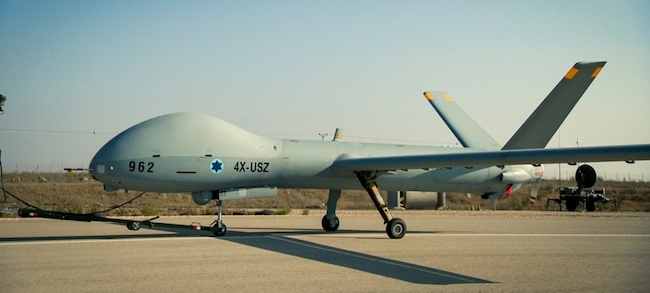

Israel has phased out the AH-1S Cobra helicopter gunship, in favour of using more drones, the Reuters news agency reports. The increasing reliance on unmanned aerial vehicles (drones) has evolved through the years, as the unmanned aircraft assumed increasingly complex missions, and proved themselves as an indispensable asset in the continuous war against terror along and beyond Israel’s borders.
Despite the improvements and extensive support, the Cobras have encountered significant ageing challenges, some causing fatal accidents. One squadron has been disbanded few years ago, the second was closed late in 2013. But, according to Reuters, The Cobras were axed as part of budget cuts. “They were sort of stuck in the middle in terms of the role they could fulfil, so we decided to do without them,” a senior military officer told Reuters on condition of anonymity.
The air force aims to carry out strikes “within minutes” of receiving a request from ground troops – a timing that he said would likely be met by drones and helicopters rather than jets
Israel has retained two squadrons of Apache helicopters, operating AH-64A and D models. Squadron 161, formerly the second Cobra squadron, was commissioned in 2012 at the Palmahim base, as a Hermes 450 (Zik) UAV squadron. Squadron 160 decommissioned in August 2013 is likely to follow.
According to Reuters, operations have been shifted toward drones rather than manned aircraft and helicopters. According to the agency’s correspondent Dan Williams, the mission of the Cobras are now performed by unmanned aircraft, currently operating under several squadrons. Israel is known to be operating the Elbit Systems’ Hermes 450 and newer Hermes 900, as well as the IAI Heron TP dubbed Eitan. Officially these drones are operated on intelligence gathering and targeting missions only, but, according to foreign sources, they are also carrying guided weapons. 
All UAVs operated by the IAF are locally made the country’s defense industries. These drones are increasingly used to patrol combat zones such as the Gaza Strip and South Lebanon.




















